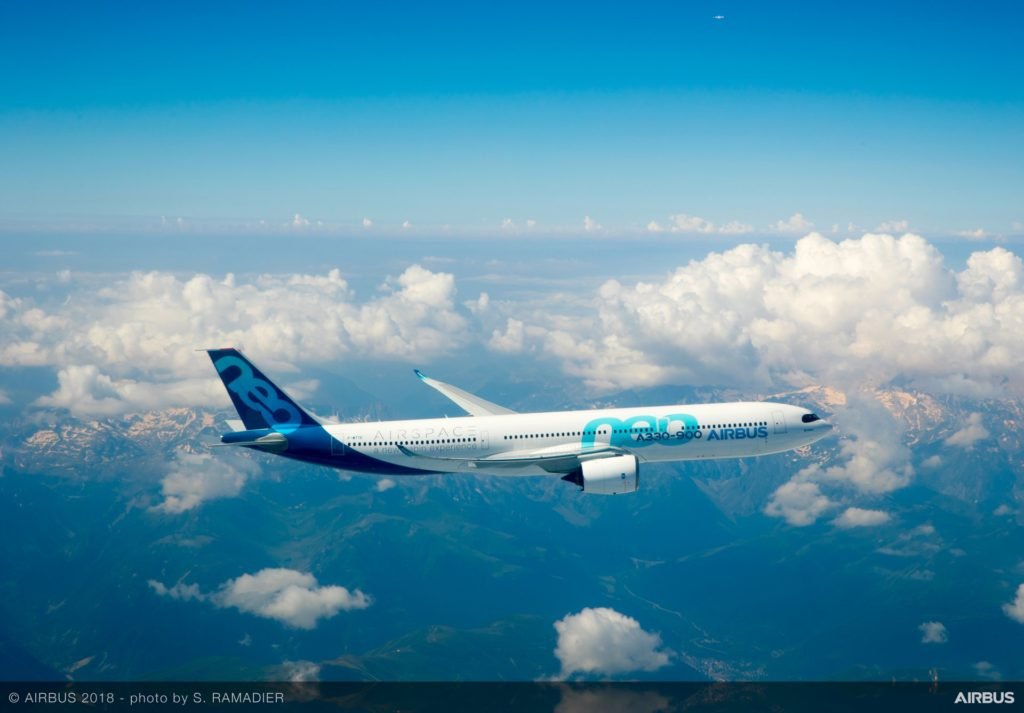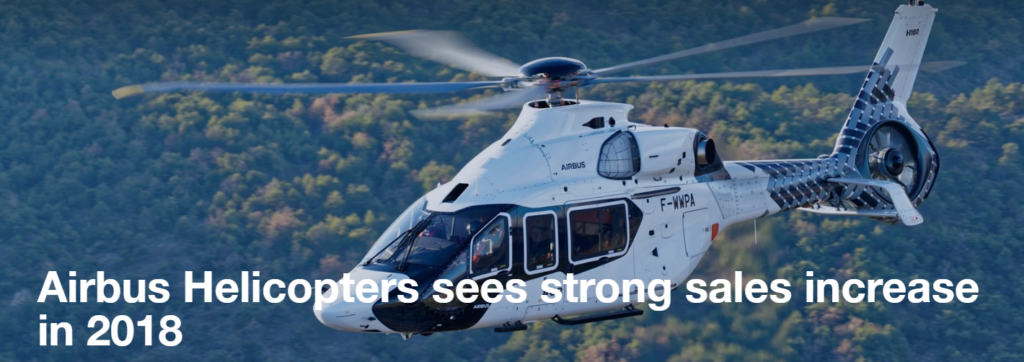Airbus Helicopters Unveils New H145 at Heli-Expo 2019
Airbus Helicopters is unveiling a new version of its best-selling H145 light twin-engine helicopter at Heli-Expo 2019 in Atlanta, Georgia. Visible in the Airbus booth at the show, this latest upgrade brings a new, innovative…

